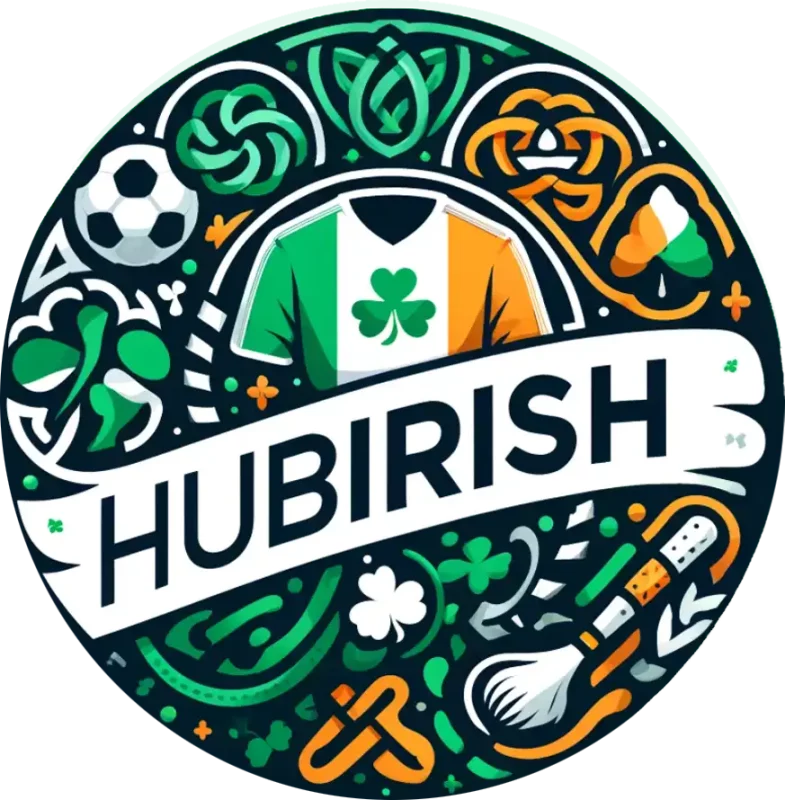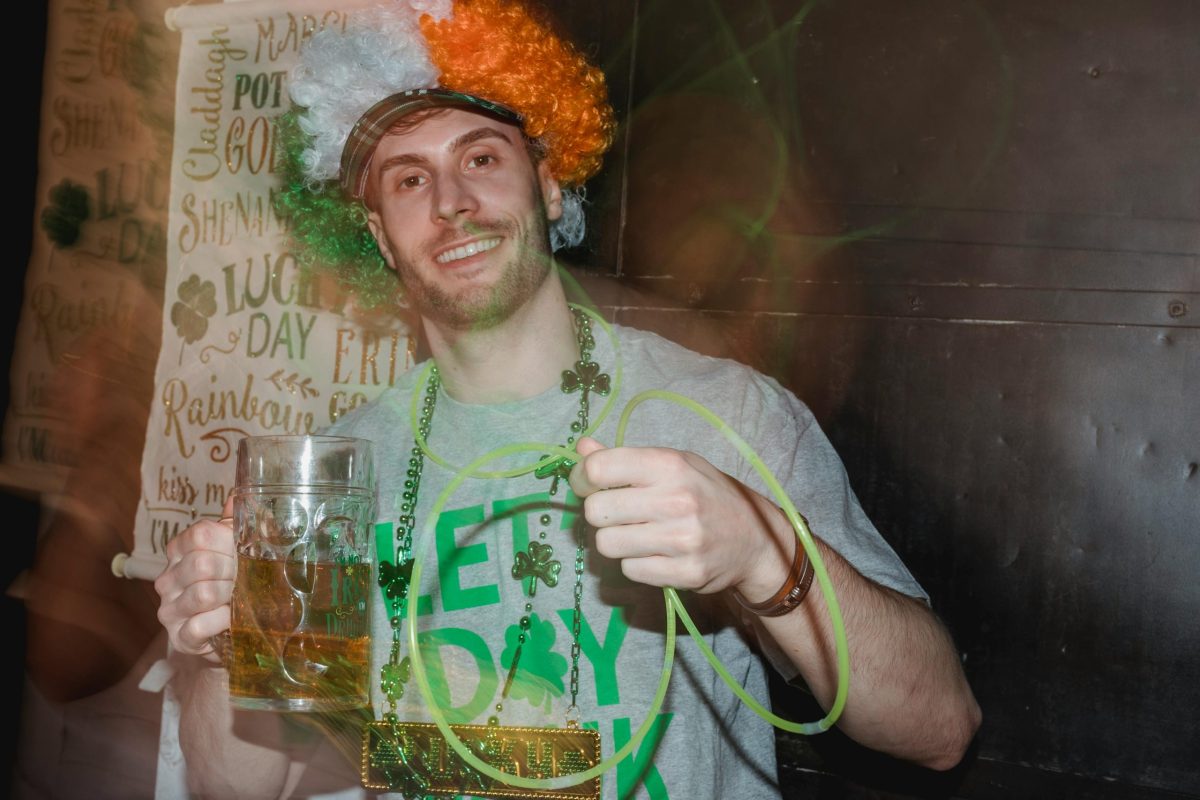Uncategorized
Ireland’s Folklore: Every Blessing Carries a Curse
Every Blessing Comes with a Curse: The Dark Underbelly of Ireland’s Folklore
Estimated reading time: 7 minutes
Key Takeaways
- The duality of joy and sorrow is a central theme in Irish folklore.
- Folklore serves as a link between generations, merging grief and gratitude.
- Modern social issues reflect the enduring lessons of traditional tales.
Table of Contents
Introduction
The Heart of the Story
The Wider Echo
The Now & The Next
Did You Know?
FAQs
Final Word
Introduction
Ah, Ireland. A land that cradles both joy and sorrow like a mother with two wailing infants. You’d hear it from the mouths of the old, who’ve seen the light and the dark. Just step into any pub and lend an ear — the laughter of revelers mingles with whispers of banshees and curses that haunt the hills. “Every blessing comes with a curse,” they’d say. And in our folklore, our stories of both triumph and tragedy, this proverb rings truer than a judge’s gavel in a county court.
The Heart of the Story
Take the tale of the banshee, a spirit that signals death, her haunting wail the sound of heartbreak echoing through the valleys. And yet, there is beauty in this sorrow. Families, particularly in Laois, tell stories of their ancestors being visited by her ethereal song just before a loved one passed — a warning wrapped in a veil of compassion. For every tear shed, there’s a recognition of legacy, of love that transcends the grave. It’s these stories that bind generations, merging grief and gratitude, each glance at the sky reminding us that darkness can birth light.
The Wider Echo
But let’s widen the lens. Our folklore is steeped in the fabric of resistance, woven through the struggles of a nation. Think of the stories of famine ghosts, wandering the green fields, remnants of the Great Hunger, echoing a hunger for justice and a longing for home. Such stories resonate far beyond our shores, drifting over oceans to those in Boston pubs and bars in Sydney, reminding the diaspora that our roots are both a gift and a heavy load. It was once said, “The dead never die; they’re with us, always.” In the faces of our storytellers, we find reminders of the past, woven intricately into our present.
The Now & The Next
In today’s climate, Ireland grapples with modern prowlers — housing crises and mental health tribulations that bleed into our communal narratives. Just as the banshee’s wail suggests an impending end, we need to listen for ours. The youth demanding justice, echoing those old ghost tales, remind us change must come. Picture a child in a Mayo jersey, the proud crest stitched with the hope of the future, standing beside their peers who chant for equality. That’s a revolution born from the lessons of our past, a beautiful rebellion grounded in the irritable yet indomitable spirit of our ancestors.
Did You Know?
- The term “Banshee” comes from the Irish “bean sí” which means “woman of the fairy mound.”
- Folklore is not just a thing of the past; many modern stories draw on tradition, with over 75% of young Irish people believing in some form of supernatural presence!
FAQs
What’s the importance of folklore in Irish culture?
It’s the beating heart of our identity! Through tales of bravery, love, and loss, we connect to our past and celebrate our shared humanity. Learning about it helps us pave the path toward a better future, respecting where we’ve come from.
Can I find contemporary interpretations of folklore?
Absolutely! From literature to music, modern artists are weaving the old with the new. Check out any pub session in Ireland for a fresh take on classic tales, often interspersed with a pint of stout and a hearty laugh — real Irish therapy!
Final Word
So, the next time you hear a tale spun from our rich tapestry of folklore, let it speak to you. Remember, every blessing — like laughter after a tear — is shadowed by its curse. If we embrace both the dark and the light, we’ll continue building a legacy as resilient as the ancient oaks that loom over our fields. If you carry the same pride we do, you’ll find a piece of home waiting at
HubIrish.com.

